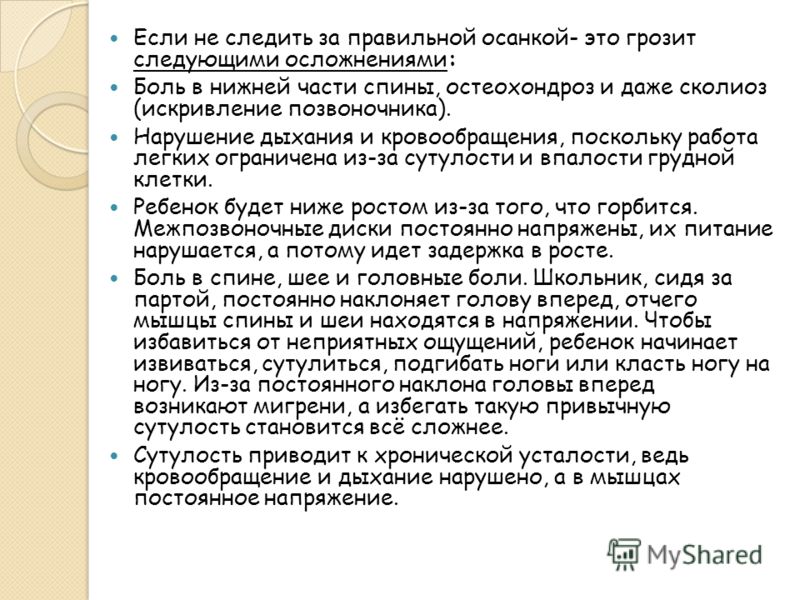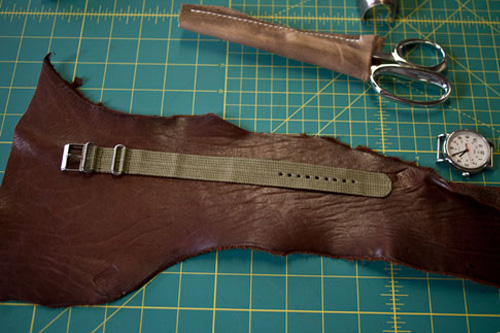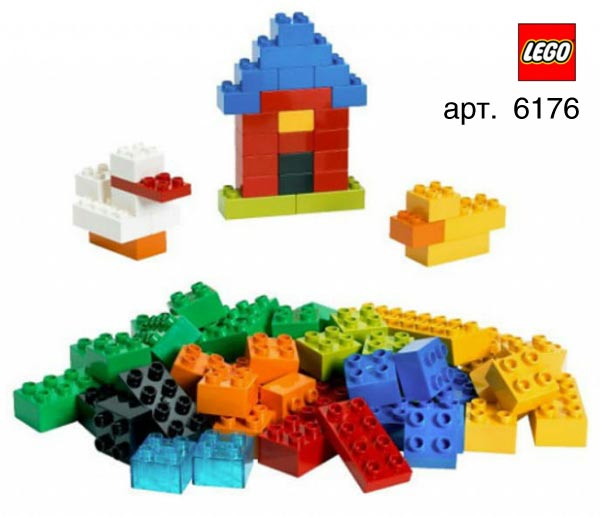How to sit properly at the desk. The spine of a schoolchild is still being formed, and will get stronger only by adolescence. And by 6-7 years, when the child goes to. - presentation
If you do not follow the correct posture, it threatens the following complications: Pain in the lower back, osteochondrosis and even scoliosis (curvature of the spine). Impaired breathing and circulation, as the work of the lungs is limited due to the stoop and hollowness of the chest. The child will be shorter due to the fact that he is hunched over. The intervertebral discs are constantly tense, their nutrition is disturbed, and therefore there is a growth retardation. Back pain, neck and headaches. The student, sitting at the desk, constantly tilts his head forward, causing the muscles of the back and neck to be in tension. To get rid of discomfort, the child begins to squirm, slouch, bend his legs or cross his legs. Due to the constant tilt of the head forward, migraines occur, and it becomes increasingly difficult to avoid such a habitual stoop. Stooping leads to chronic fatigue, because blood circulation and breathing are disturbed, and there is constant tension in the muscles.


When attending school, children face several negative factors 1. The need to carry heavy bags with textbooks. This cannot be completely avoided, but this negative can be reduced to a minimum. It is necessary to use backpacks - thus transferring the load, the children load the spine symmetrically, which eliminates lateral curvature (scoliosis). When using ordinary briefcases, it is necessary to prompt the child to change his hand more often. 2. The need for a long time to sit at a desk in a motionless position. The body of the child and his spine is designed for movement - a long static position is unnatural. In an effort to compensate for this shortcoming, the children "spin" at the desk, and this is normal, you just need to initially teach them to sit correctly so that they return to the correct starting position. Here, unfortunately, parents are faced with an insurmountable obstacle - the same type of standard desks and chairs at school. But it is on this that the perseverance of the child and his ability to perceive information depends. It is difficult to demand attention from children to study if the legs "dangle" high from the floor or the knees rest on the desk. In both cases, the child will involuntarily be distracted from his studies, changing his position at his desk. If possible, it is necessary to control the training place and select a table and chair according to height. Unlike school, at home there is an opportunity to make a full-fledged workplace for the child. It should look like this: - the back of the chair is above the shoulders, - the seat is hard and even, its height should be equal to the length of the lower leg (if the feet do not reach the floor, then you need to put a bench under your feet),

Seat depth - no more than 4/5 of the length of the hips. The height of the desktop should correspond to the growth (table top - at the level of the elbow of the bent arm). Under the table there should be room for outstretched legs. The position of the legs must be periodically changed: bend - stretch. Prevent children from trying to sit like adults, legs to legs (thigh to hip). We must remember that almost all problems with posture and health of adults have their roots in childhood. Incorrect body position sitting or standing leads to the fact that certain muscles of the back are tense, while the opposite ones are relaxed. Since all the muscles of the back are attached to the spine, this unnatural force is transmitted to the spine, bending it in one direction or another. The curvature, in turn, leads to pinching of the roots of the spinal cord and, accordingly, to a disruption in the functioning of the internal organs that are associated with damaged roots. Many chronic diseases of the internal organs of a mature person develop as a result of an uncomfortable position at a desk at school. It is possible to avoid problems with the spine in a child due to regular examination and performing preventive gymnastics exercises with him.

Correct posture 1. Direct position of the head and spine. 2. Symmetrical, located at the same height of the blade. 3. Horizontal line of the clavicle. 4. The same "waist triangles" ("windows" formed by the contour of the waist and lowered arms). 5. Symmetrical position of the buttocks. 6. The same length of the legs and the correct position of the feet: their inner surfaces should be in contact from heels to toes. If one or more of these signs are not observed, there is reason to suspect scoliosis. An accurate diagnosis and treatment method can only be obtained from a specialist in a medical institution.

Preventive examinations should be done at home once every two weeks. The sooner a problem is discovered, the easier it is to fix. The spine is very sensitive to external positive influences. Individual exercises for the correction of the spine and posture are selected by the attending physician, but prevention should be done by parents. It is best to conduct joint training in the evenings, they will be useful for both parents and children. 1. Standing on toes, with arms raised up and clasped in the lock, swing the body from side to side. This warm-up exercise takes 3-4 minutes. 2. Tilts to the side with a hand raised up, while the second is retracted behind the back. Repeat bends to each side. 3. Lying on your back and keeping your feet on the floor, spread your arms to the sides and bend at the same time. 4. Lying on your stomach, stretch your arms forward. Raise your upper body and one leg at the same time. Repeat once, changing legs. 5. Lying on your stomach, stretch your arms forward, holding a stick in them. Raise your arms up and at the same time bend back, then return to the starting position. 6. Standing on all fours, raise one arm and simultaneously stretch the opposite leg, then return to the starting position. Repeat several times, changing arms and legs. 7. Lying on your back, stretch your arms along the body. Restore breathing and rest.

Violation of posture Posture is a familiar, relaxed manner of holding your body. With correct posture, the figure of a person looks beautiful, slender, and the gait is light and elastic. And vice versa, how often one has to meet people of different ages, well-built, but whose figure and general appearance are spoiled by a stooped back, shoulders with a “yoke”, a head lowered while walking. The formation of posture begins at an early age. Incorrect posture contributes to the development of early "wrong" changes in the spine. The "correct" spine has its natural physical curves in the sagittal plane (when viewed from the side) in the form of cervical and lumbar lordosis (anterior curvature) and kyphosis (posterior curvature) in the thoracic and sacral regions (represents a "question mark"). An increase in one curvature leads to a change in the other. In the frontal plane (when viewed from the back (drooping of the shoulder blades)) the spine should normally be straight. Even a slight curvature of the spine in all cases should be regarded as deviations from the norm. You can control your posture with the following exercise: stand close to the wall so as to touch it with the back of your head, shoulder blades, buttocks and heels. Having fixed this position, step back from the wall and try to properly maintain the correct posture. If it is possible to keep the body in this position without difficulty, then there is no curvature in the spine, and there is no need to worry. The second way is to look at the back. Looks at the position of the shoulder blades, equal to the long neck-shoulder line, the depth of the triangles of the waist, i.p. child from the side and from the back.

Causes of violation of posture Causes of curvature of the spine can be both congenital and acquired. Congenital causes of curvature of the spine include violations of normal intrauterine development, which leads to underdevelopment of the vertebrae, the formation of wedge-shaped and additional vertebrae, and other pathologies. The acquired causes of curvature of the spine are as follows: some disease (rickets, poliomyelitis, tuberculosis, pleurisy, sciatica), as well as injuries (fractures of the spine). Incorrect body position due to the physiological characteristics of a person (flat feet, different leg lengths or the absence of one of them, strabismus or myopia due to which a person is forced to take the wrong posture when working) is also the cause of spinal curvature. Also, the reason for the curvature of the spine may be the professional activity of a person, in which he constantly arrives in one position (work at the table with a constantly tilted head, just not the right posture on a chair, habitual wrong posture). It is worth noting that with the curvature of the spine, the uniform traction of the muscles is disturbed, which leads to even greater curvature. Another reason for the development of curvature of the spine are the muscles. The spine may be curved due to different muscle development, and this may be due to any disease (one-sided paralysis, rheumatic diseases). Predisposing factors for the development of curvature of the spine are malnutrition, poor physical development.

Prevention of violations of posture The formation of posture is a long process, starting from the first year of life and ending only by the age. In this regard, prevention and treatment methods that give a stable result and do not have negative side effects are of particular importance. Therapeutic exercise and massage are the most suitable ways to influence the child's body. In addition, these are relatively simple methods. At preschool age, it is worth teaching a child to swim, play football, jump rope, and in winter - to ski or skate. Many sports sections recruit 5-6 year old children, but do not rush to send them there - it is better to start serious sports at an older age. But to give the child the opportunity to warm up at home is a must. For this purpose, a Swedish wall or ladder, crossbar or rings are suitable. You can equip a real sports corner. Just remember to put a foam mat or something resilient on the floor to avoid injury!

So, a properly organized motor mode, active and varied physical activity of your child is the basis for the prevention of posture disorders, scoliosis and other defects of the musculoskeletal system. And one more important point: the child hardly maintains motionless postures. The younger the child, the more difficult it is for him to stand or sit "quietly". This is due to the peculiarities of the anatomical structure of the child's spine, it is much more elastic than an adult, and, therefore, less stable. To keep his body in a straightened state, the child spends much more effort than an adult, and therefore gets tired faster. Therefore, do not torment your children with immobility. When walking, teach your child to put the feet in parallel and keep the vertical axis of the body. Turning the toes in and out disrupts gait and promotes flat feet. The sitting posture is especially important. If a preschooler develops a stable habit, then at school your child will sit correctly and avoid most health problems. It is important that the child sits straight, without bending the body, the head may be slightly tilted forward. The legs rest on the floor with the whole foot and bent at the hip, knee and ankle joints at right angles, the back should rest on the back of a chair or armchair, and the hips should lie on two-thirds of the seat. The child should not be allowed to sit with one leg crossed in imitation of adults, or to put his legs under the seat, as large blood vessels pass under the knees and in such positions they are pinched.

Especially you need to watch the shoulders - they should be at the same level. Do not allow the child to lean on one arm, turning his shoulder when writing and drawing. This is the biggest mistake that forms a persistent habit and leads to a violation of posture, scoliosis. Posture during sleep is no less important than the position of the body during the day. The spine should rest well during the night. This is possible if the spine rests in all parts and lies straight, not sagging, if the child sleeps on its side, or maintains all physiological curves in the supine position. It is better to sleep on a semi-rigid support, on an elastic mattress. Moreover, it is necessary to take into account the correspondence of the fullness of the child, his body weight and the thickness of the bed. A relatively hard mattress is suitable for a full, heavy child, a softer one for a thin one. A very important element of the bed is the pillow. It should be small and elastic. The furniture used by the child should be appropriate for his height.

School desk How to sit properly at a school desk: Both feet of the child should be firmly on the floor, and the angle between the thigh and lower leg should be straight. The back must be kept straight, hands on the desk so that the child does not lean on the edge of the table with his chest. Between the chest and the desk, it is necessary to maintain a distance in the palm of your hand. The correct slope of the notebook is required. It depends directly on the lighting. Light should fall from the left side. From time to time, a student needs to change his place in the class, move from one row of desks to another. This allows you to look at the chalkboard from different angles.

How to sit correctly at a computer Almost every family now has a computer, and children from an early age are fond of computer games, forgetting about proper posture. The monitor should be placed in the center, in front of the child's eyes. Choose an ordinary chair with a back. It is not advisable to buy an office one, with armrests and spinning around its axis.

Conclusion Postural disorders are a symptom that characterizes a group of diseases manifested by curvature of the spine. Posture defects can be conditionally divided as follows: posture disorders in the frontal (vertical), sagittal (horizontal) plane and both planes simultaneously. Each type of postural disorder is characterized by its own position of the spine, shoulder blades, pelvis and lower extremities. The preservation of pathological posture is possible due to a certain state of the ligaments and muscles. Deviation of the spine to the side - scoliosis. Forward - stoop, round back, round-concave back, flat back, flat-concave back. Against the background of treatment and subject to the regimen, posture disorders disappear. The sooner a violation of posture is detected, the easier it is to correct it. In order for a weakened organism to develop harmoniously, it is necessary to create a sufficiently intense motor regime, but in no case do not overload it. Sports, during which the load on the spine increases (weightlifting, high and long jumps, acrobatics, etc.), should be excluded.

- The latest methods of teaching traffic rules
- How to draw pictures by numbers
- Do-it-yourself home digital microscope
- How to choose the right paint for drawing
- When is the best time to sunbathe?
- What kind of bird is better to have in an apartment?
- We put an apostille on the birth certificate on our own
- Is it possible to give flowers in pots - signs
- How to make cat ears
- Gray bag: what to wear and combine?
- How to get started with Faberlic: tips for new consultants
- Bioinsecticide Lepidocid: purpose, properties and application procedure Lepidocide waiting period
- How to change the language to Russian in steam
- Dendrobium noble: room care
- Morphology of plants general concepts - document
- Planting, propagation and care of bamboo at home, photo Growing bamboo from seeds
- How to strengthen the cellular signal for the Internet in the country
- Sanskrit reveals the forgotten meaning of Russian words (2 photos)
- The oldest language Sanskrit programming language of the future Dead language Sanskrit
- Who has dominion over all the earth?







